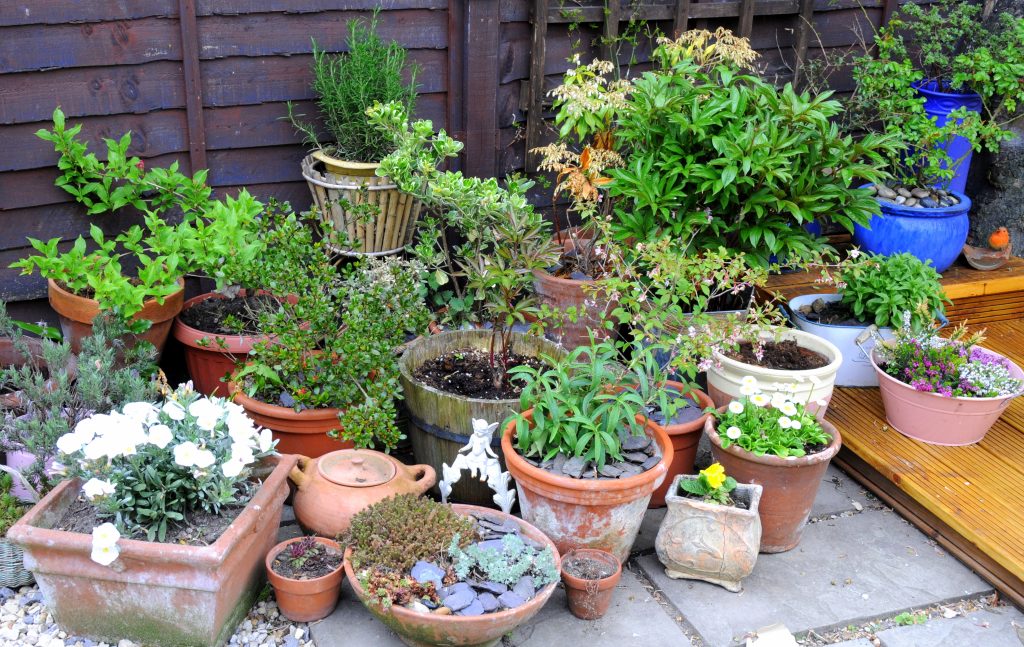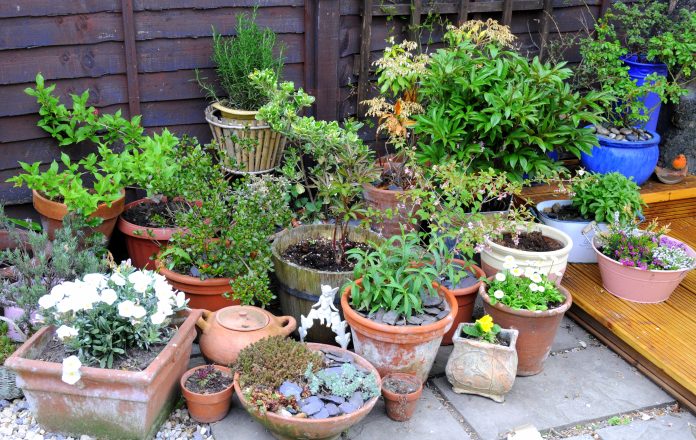When it comes time for you to start growing an organic garden, you may wonder where to begin, as there are so many things to consider when buying the right tools and accessories. The tips in this article can provide you with what you need to know to successfully grow your own organic garden.
If you want something fun to do that will benefit you in the kitchen, try growing some herbs in your window. Some herbs may not take kindly to this, but many will! In this way you have some herbs always fresh and handy, and they add a nice touch to the house.
If you are gardening, be wary of stink bugs in your garden, especially in the autumn. Stink bugs like to reside in tomatoes, beans, and pepper plants, as well as many fruits. If you do not check, they do a lot of damage to plants so try to get rid of them if you can.
If having a lot of color in your garden is what you like but you want a sense of continuity, the best way to achieve this effect is to use two colors consistently among all of your plantings. As you look at your garden, your eyes will be drawn to the continuity of color and the view will feel more harmonized to the senses.

If you want a patch of green in your garden, consider planting a ground cover instead of a lawn. Lawns require a lot of water and maintenance. On the other hand, a ground cover usually uses less water, and certain varieties discourage weeds from growing. Many varieties of ground cover have the green color comparable to a lawn. You can save time and money with a ground cover.
If you are looking to secure your garden from pests, you need to have some ladybugs around. The ladybugs will protect your garden from harmful pests and will not do any damage to any of your plants; it is a completely beneficial relationship for both you and the ladybug.
Do you want fresh mint leaves without having to worry about them growing too quickly? You can slow down this growth by planting them inside a pot or container! You can then plant the container down in the ground if you like, but the walls of the container will hold the roots captive, and keep the plant from taking over your garden!
When you are transplanting a plant, do not pile the soil higher than the top of the root. A root crown that is always wet will eventually rot. Plant it in a way, where the water will drain away from the stem. If the water runs toward the plant, it will wash more soil onto the top of the root, causing root rot.
Water new plants daily or every other day. When you first start plants in new soil, you need to tend to them very carefully. Plants experience a shock when they are in a new environment. Making sure they have enough water will go far in giving them the best chance to thrive in your garden.
Coffee grounds and leftover coffee can be used to repel slugs. If you have an issue with slugs in your garden, you can repel them effectively with coffee. You can sprinkle coffee grounds on the soil around your plants or use leftover coffee in a spray bottle to spray the slugs directly.
Seeds take a lot more time and effort to grow than nursery transplants. That being said, planting seeds is much cheaper and gives a greater sense of satisfaction to see something actually grow from seed. Hard to grow plants or perennials are best purchased from a nursery. This is a great way to have a ready-made garden!
Choose a site for fruit trees depending on their specific requirements. Most fruit trees require 8 hours of sun per day. Morning sun is important, as it dries dew rapidly, helping to prevent fungus. Avoid planting fruit trees in a low spot in the garden where frost or cold air can collect. Some fruit trees are especially susceptible to late frost damage, and are better planted on a north-facing slope. This is especially true for peach, plum, cherry and apricot trees.
Most organic fertilizers will not harm the soft roots of plants, unlike, synthetic fertilizers. A great way to use an organic fertilizer is to mix it with the top two inches of soil next to the plant. This is called side-dressing, and it is usually worked into the soil during the growing season.
As you have seen, organic gardening techniques, while various, share many fundamentals. They just vary in terms of plant types and care. All it takes to decide between them is some research and common sense to find the best plants and tools that will work with you, your budget, and your organic garden.


